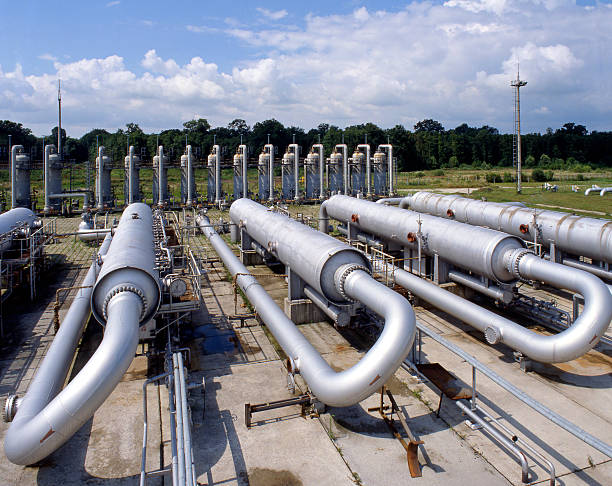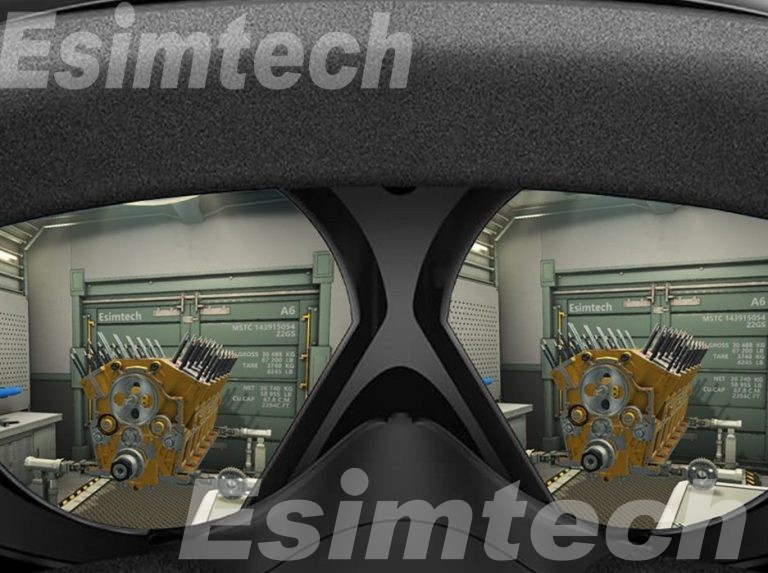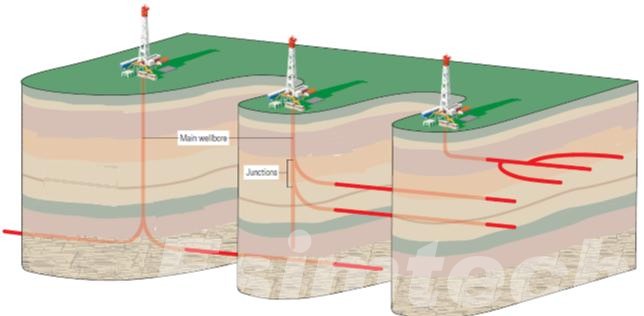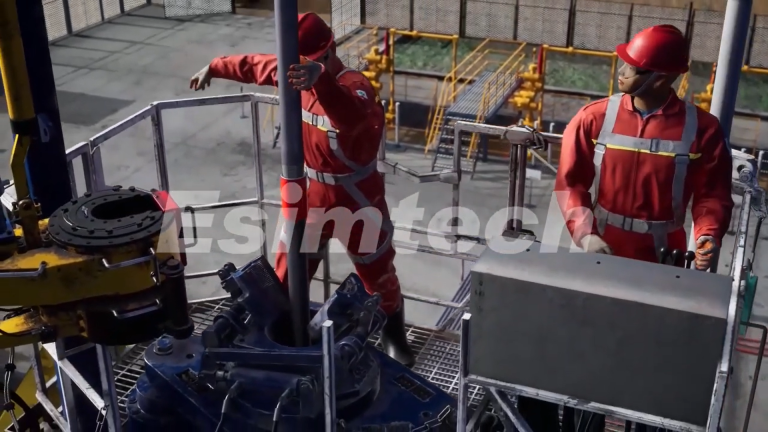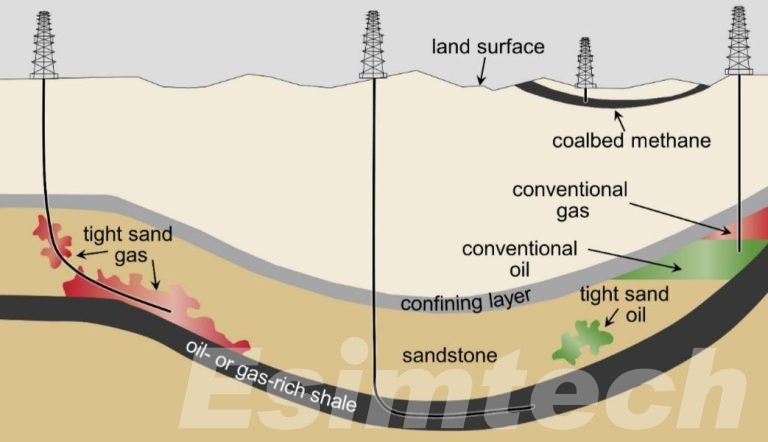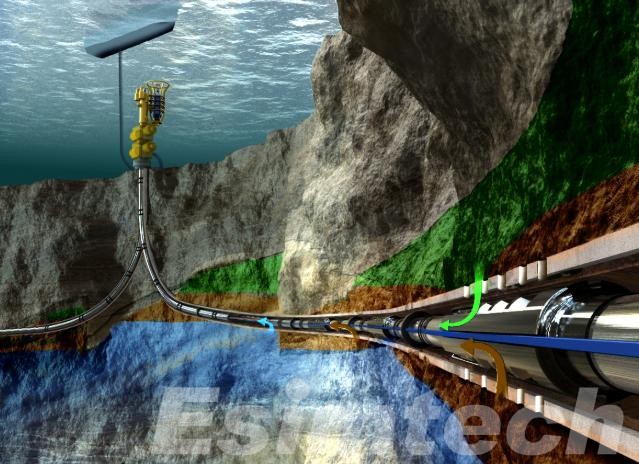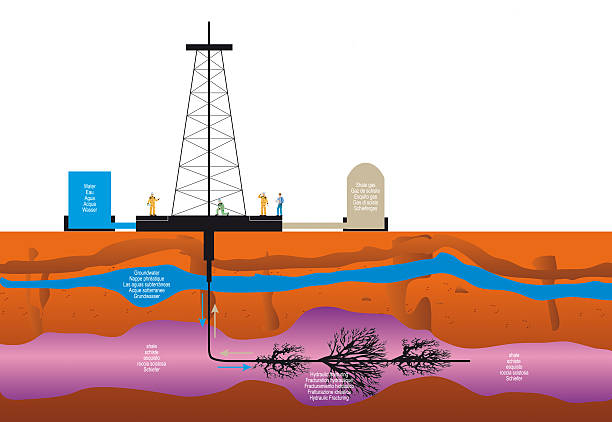Common Operational Risks in Pipeline Transportation: Scenarios, Accidents, and Engineering Insights
In the oil and gas production system, pipeline transportation is a crucial link that connects upstream production with downstream processing, storage, transportation, and end-users. Compared to drilling and well completion operations, pipeline transportation often has longer operation cycles and a wider coverage area. In case of an accident, the impact lasts longer and the economic…

